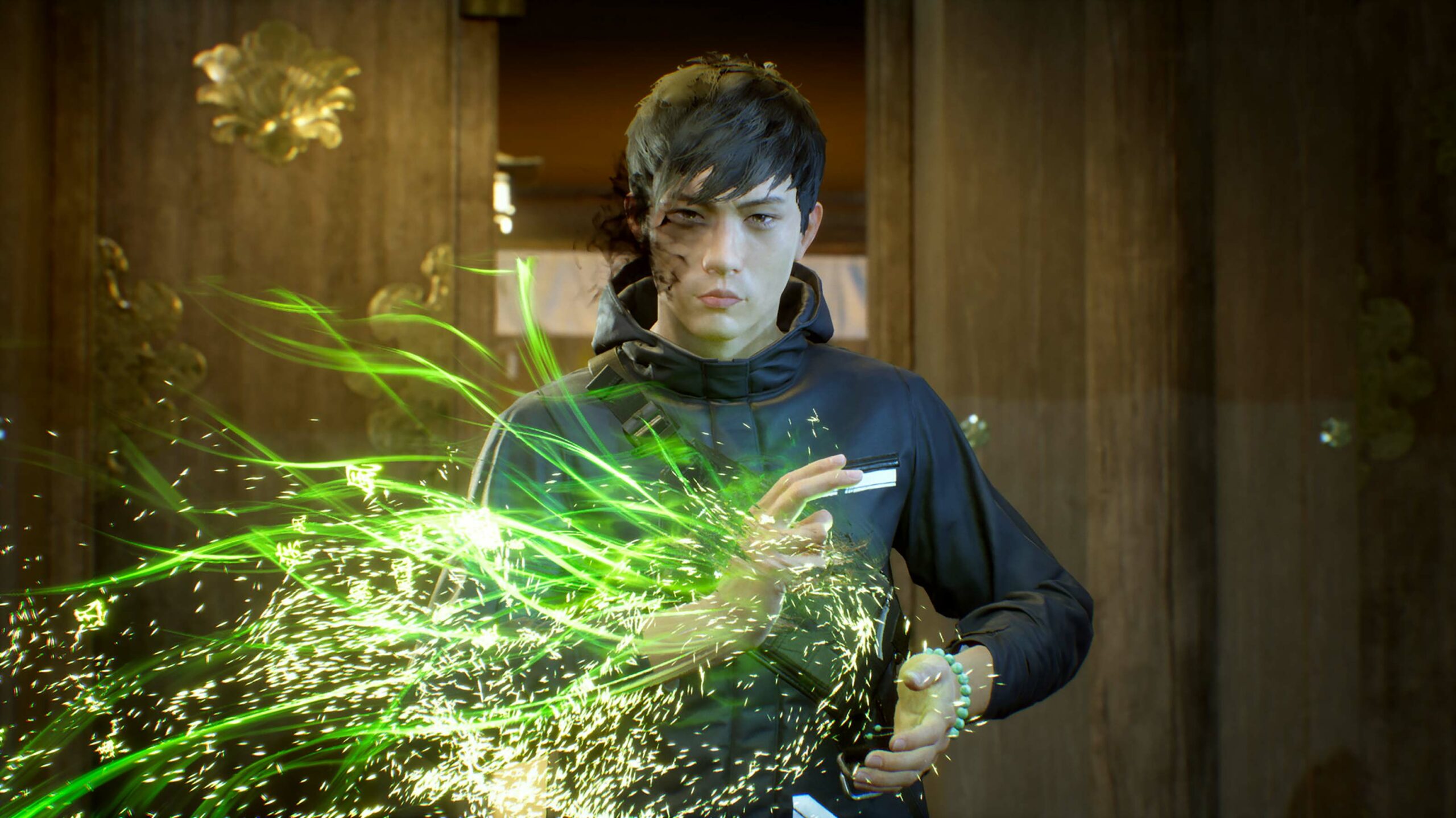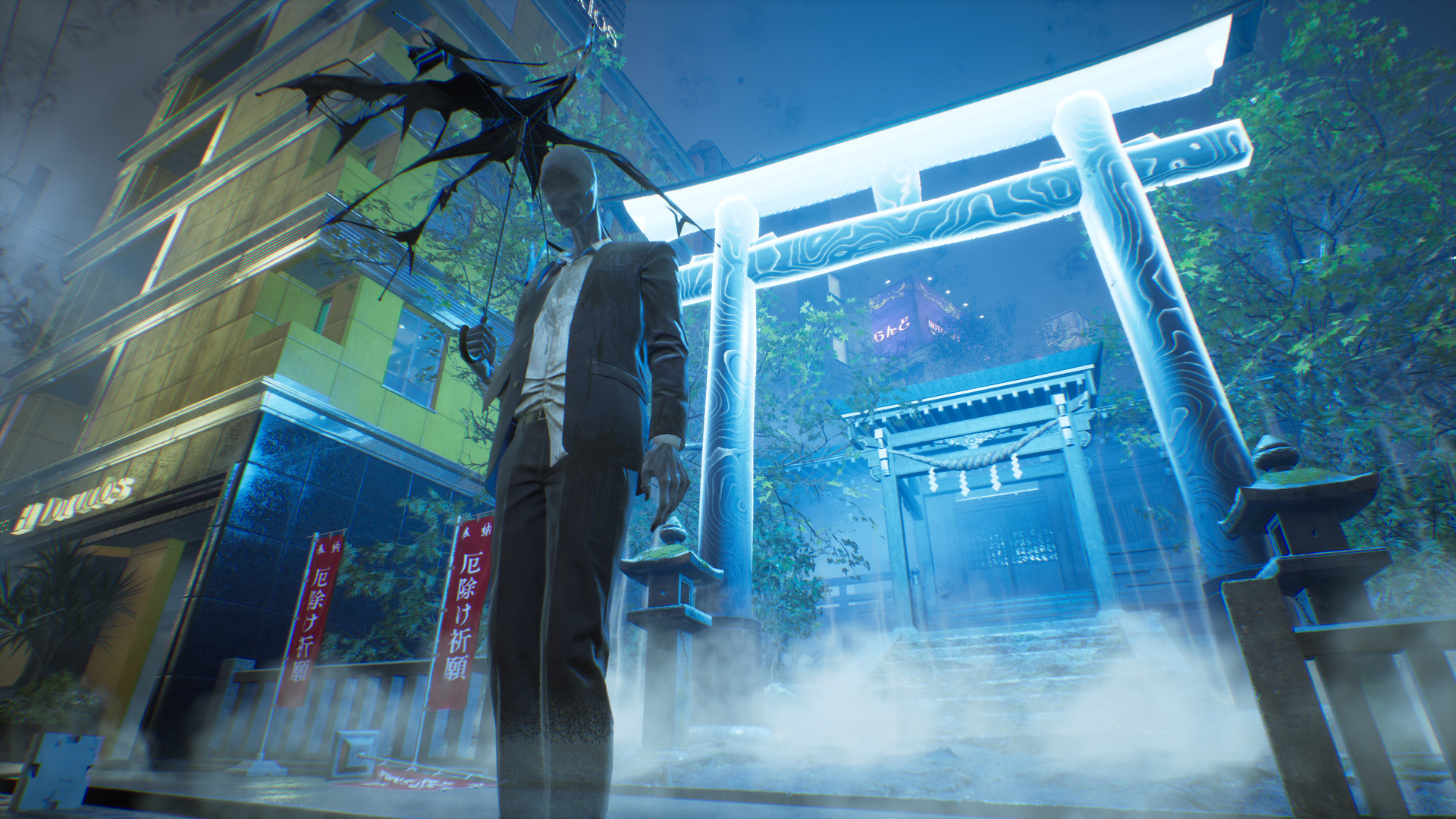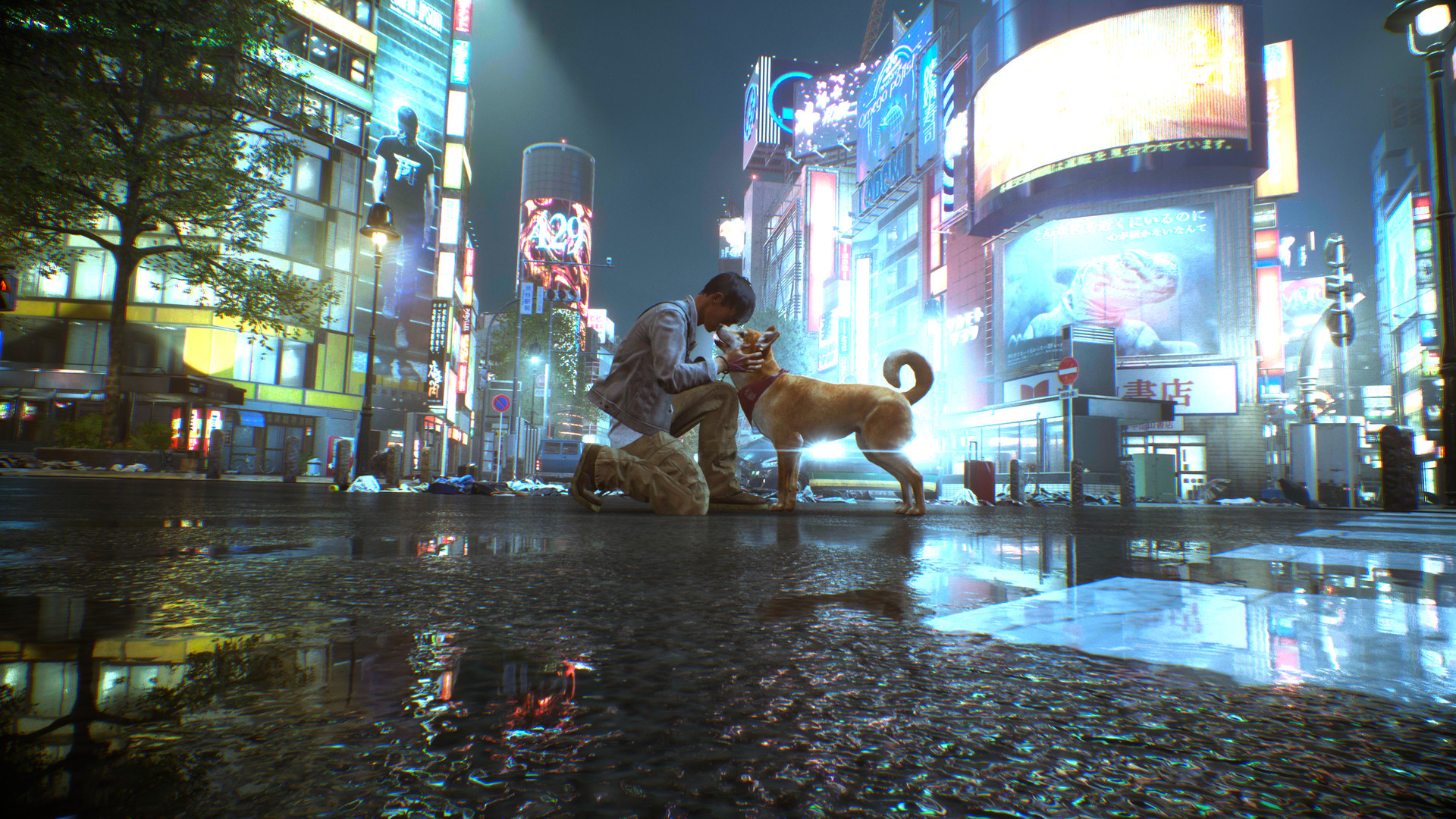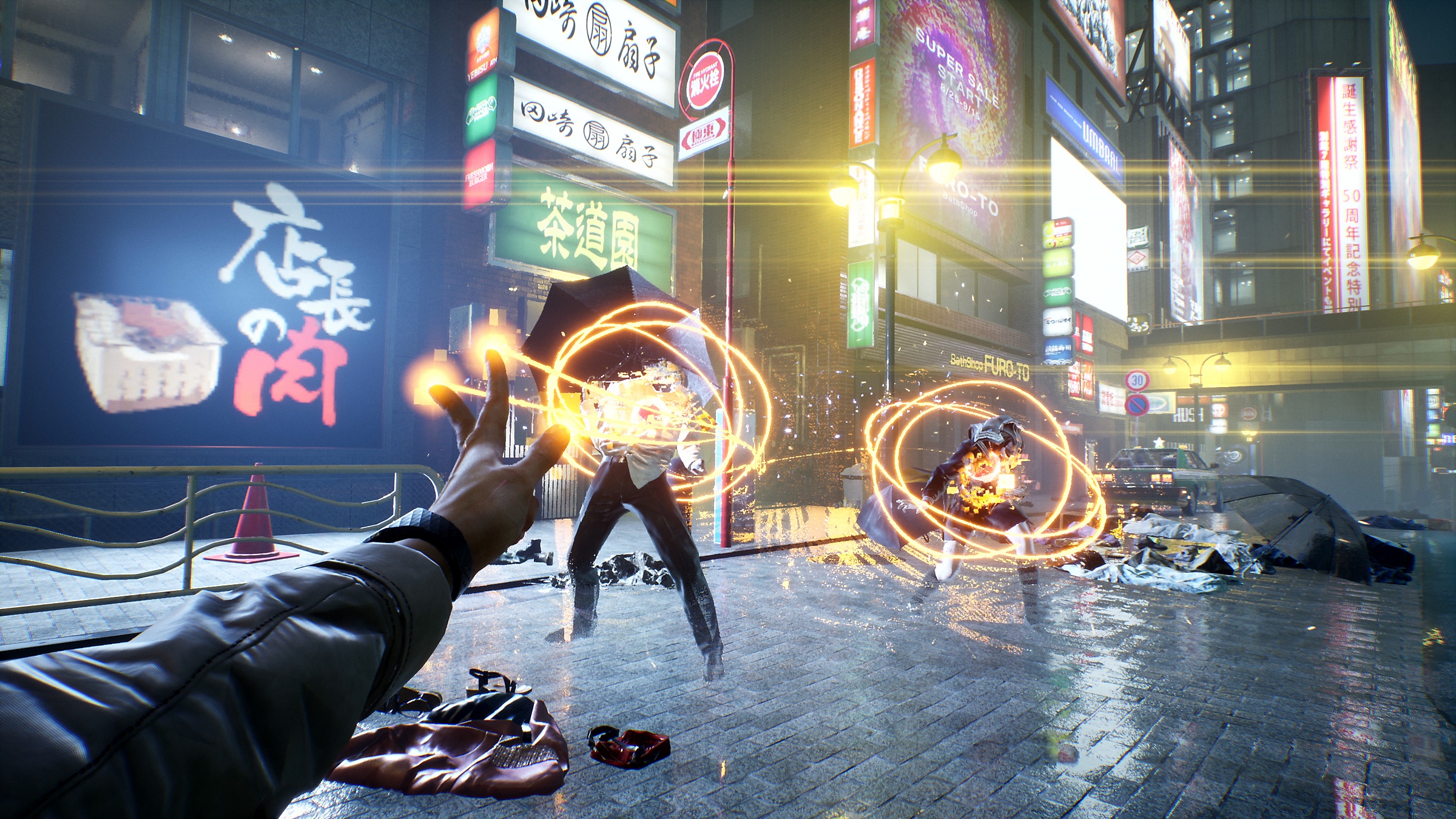
After a few hours with Ghostwire: Tokyo‘s first two chapters, I’m happy to say the game is off to a pretty good start.
For those unfamiliar, the latest game from Tokyo-based Tango Gameworks (The Evil Within) tells the story of a modern-day Tokyo that sees most of its inhabitants mysteriously disappear as deadly spirits called “Visitors” take over. Amid the chaos, a young man named Akito is bonding with a spirit detective, KK, and together, the two set out to investigate.
So far, the plot itself is unfolding somewhat slowly, with many questions still remaining. All I really know so far is that Akito is looking for his ailing sister, who was kidnapped by the Visitors, while KK himself has a shady past he largely keeps to himself. What this means is that neither character is particularly interesting at the moment, and I don’t find myself yet invested in their personal goals. That said, there’s an admittedly amusing rapport between the two, especially as you explore the city. In one moment, Akito might scold KK for leaving his base messy, leading KK to dryly ask if he’d prefer to clean it instead. In another, KK expresses impatient frustration should Akito enthusiastically stop to pet a dog or shop. (And yes, there’s both English and Japanese audio, the latter of which I’d recommend for the most immersive experience.)
On a broader level, though, Ghostwire‘s setting feels like a character of its own, and its most deeply compelling one, at that. The bright lights of buildings, convenience stores and cars suggesting a lived-in city are brilliantly juxtaposed with the dreary, almost noir-esque rainy aesthetic, creating an engrossing atmosphere, especially in first-person. It’s often creepy, but it’s never outright horror, if you’re someone who gets spooked easily. While the actual graphical fidelity is underwhelming, especially for a PS5- and PC-only title, the universally strong art direction makes up for that. You’ll especially appreciate the views from rooftops, which you’ll eventually be able to access using winged spirits for a nice added layer of verticality.

That said, Tango’s Tokyo manages to be sizeable enough to encourage exploration but not so bloated as to feel overwhelming. Instead, Ghostwire is more so about creating an overall eerie vibe that’s bolstered by a detailed city and delightful collectibles to teach you about Japanese culture. As someone who was fortunate enough to travel to Tokyo for the first time right before the pandemic, I adore how true-to-life Ghostwire‘s rendition feels.
But even removing that, I’m enjoying the game’s approach to sidequests. Periodically, you’ll come across friendly spirits that require assistance, such as cleansing a haunted home or finding out what happened to someone’s sibling. What’s great about these is they’re effectively short stories — 30-minutes-or-less escapades which flesh out both the folklore-inspired supernatural world and Atiko and KK’s personalities. They also net you decent amounts of rewards put towards upgrading your abilities and buying items, which make them fulfilling from a progression standpoint, as well. Chief among these is your collection of displaced innocent souls, which can be converted into XP and money.

Now, if you’re wondering why I’ve spent this long talking about everything but the combat, that’s because it’s Ghostwire‘s weakest element so far. To be clear: it’s by no means bad. In fact, it’s even cool to a degree. Through KK, Akito can use different forms of elemental magic — known here as “Weavings” — to fight off the Visitors. The mix of hand animations and particle effects makes magic look wonderfully flashy, while the DualSense adds a layer of punchiness through satisfying vibrations. From a presentational level, at least, it’s pretty unique.
The problem, though, is that it’s otherwise just serviceable and lacking in depth at present. Sure, it’s neat how each spell so far has its own use case. Wind Weavings are your basic rapid-fire blasts, while Fire Weavings cause powerful concentrated explosions and Water Weavings cover a wider range. Deal enough damage and you’ll expose an enemy’s core, which you can target for instant execution. But as a whole, there hasn’t been much variety in how I actually approach encounters. The enemy types up until this point, while certainly effectively creepy in their demonic, Slender Man-esque appearances, don’t really require any kind of strategy beyond getting blasted with your Weavings. And while there’s a stealth system for quick takedowns when behind an enemy or from afar with a bow, it feels very rudimentary. Hopefully, something expands with the combat soon to give it some substance to go with its ample style.

Because otherwise, Ghostwire is proving quite enjoyable. The core dynamic between the leads is fun, the Tokyo setting is beautifully realized and the sidequests offer gratifying glimpses into a rich culture. Those are the reasons to play for now, rather than the supernatural battles.
I’ll have more on Ghostwire: Tokyo in the coming days ahead of its March 25th on PlayStation 5 and PC on March 25th. In the meantime, there’s a free KK-focused visual novel prequel available on the PlayStation Store.
Image credit: Bethesda
MobileSyrup may earn a commission from purchases made via our links, which helps fund the journalism we provide free on our website. These links do not influence our editorial content. Support us here.


